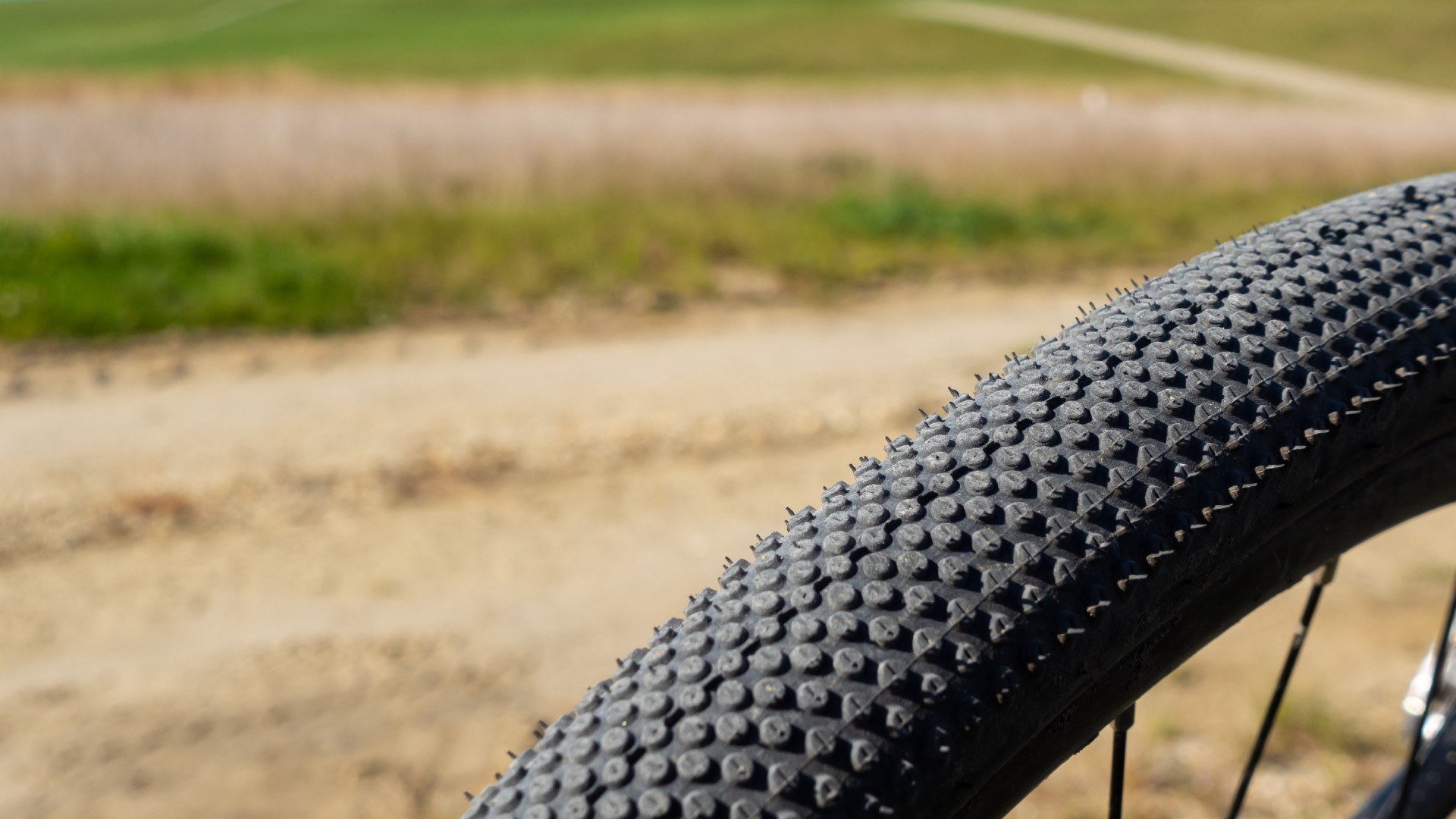Gravel bike tires typically last between 1,000 to 3,000 miles. Longevity depends on terrain, usage, and tire quality.
Gravel bike tires endure varied conditions, impacting their lifespan. Rough terrains, punctures, and frequent usage can wear them out faster.
Quality tires last longer, offering better performance and durability. Maintenance also plays a crucial role; regularly checking for wear and tear can extend their life.
Riders must choose tires suited to their riding style and environment. Investing in high-quality tires saves money in the long run.
Proper inflation, avoiding sharp objects, and regular inspections enhance tire longevity. Understanding these factors helps riders maximize their gravel bike tire usage, ensuring a safe and enjoyable ride.
Introduction To Gravel Bike Tires
Gravel bike tires typically last between 1,500 and 2,500 miles, depending on terrain and riding style. Regular maintenance and proper tire pressure can extend their lifespan.
What Sets Gravel Tires Apart
Gravel tires are designed for rough terrains. They have thicker rubber compared to road tires. The tread patterns are unique. This helps in better grip on loose surfaces. Gravel tires also resist punctures well. Their durability is one of their best features.
Importance Of Tire Longevity
Long-lasting tires save money. Frequent replacements are costly. Durable tires mean fewer breakdowns. This ensures safer rides. Proper tire care extends their lifespan. Regular checks help identify wear early.

Credit: www.theproscloset.com
Factors Affecting Tire Lifespan
Gravel bike tires wear out faster on rough terrain. Smooth roads make tires last longer. Rocks and gravel cause more damage. Muddy paths can also wear tires quickly. Pavement is gentle on tires. Hard-packed dirt is somewhere in between. Sand can be tricky for tires. Different surfaces affect tire lifespan.
Riding fast wears out tires quicker. Aggressive riding styles cause more damage. Calm riding is easier on tires. Riding daily shortens tire life. Weekend rides extend tire lifespan. Frequent rides on rough terrain speed up wear. Careful riding preserves tire condition. Regular checks help maintain tire health.
Material And Construction
Gravel bike tires are made from different compounds. Some tires use soft compounds. Soft compounds offer more grip but wear out quickly. Hard compounds last longer but offer less grip. Choosing the right compound is important.
Tread patterns affect how tires perform. Some patterns are good for muddy terrain. Others work well on dry surfaces. Tread depth and shape can impact tire life. Deep treads may last longer but can be heavier.

Credit: torstenfrank.wordpress.com
Wear Indicators
Gravel bike tires show wear over time. Tread patterns may become less visible. Cuts and punctures appear more often. Sidewalls might show cracks or bulges. Reduced grip on various surfaces is another sign. Regular checks help spot these issues early.
Worn tires affect performance. The bike might feel slower. Handling becomes less precise. Braking distances can increase. More frequent flats occur. Changing tires helps maintain performance.
Maintenance Tips
Check your gravel bike tires every week. Look for cuts, punctures, and wear. Replace tires with deep cuts or bald spots. Inspect tire treads for sharp objects. Remove these objects carefully.
Maintain the correct tire pressure. Check tire pressure before each ride. Use a reliable pump with a gauge. Follow the manufacturer’s recommendations for tire pressure. Overinflated tires wear out faster. Underinflated tires can cause punctures.
When To Replace Tires
Gravel bike tires usually last between 1,500 to 2,500 miles. This depends on the terrain and riding style. Smooth roads wear tires less. Rough trails wear tires faster. Always keep track of your mileage. Check your tires every few rides. Look for signs of wear and tear. Replace them if you see deep cuts or cracks.
Worn tires can be dangerous. They might slip on wet surfaces. This can cause accidents. Always ensure your tires have enough tread. Tread helps grip the road. Check tire pressure too. Low pressure can cause flats. High pressure can make the ride bumpy. Keep your tires in good shape. This keeps you safe on your rides.
Expert Opinions
Gravel bike tires typically last between 1,000 to 3,000 miles, depending on terrain and riding conditions. Regular maintenance and proper inflation can extend their lifespan.
Mechanics’ Insights
Gravel bike tires often last between 1,000 to 3,000 miles. The lifespan depends on the terrain. Rough terrains reduce tire life. Regularly check for wear and tear. Replace tires when the tread is low. Proper tire pressure helps extend life. Mechanics suggest inspecting tires often.
Pro Cyclists’ Advice
Pro cyclists recommend maintaining tire pressure. This helps tires last longer. Rotate tires every few months. Avoid sharp objects on trails. Pro cyclists replace tires yearly. They also advise using high-quality tires. Keep tires clean and free from debris. Always carry a spare tire during long rides.

Credit: blog.3t.bike
Frequently Asked Questions
How Long Does A Gravel Bike Tire Last?
A gravel bike tire typically lasts between 1,000 to 3,000 miles. Longevity depends on terrain and riding style.
When Should I Replace My Gravel Tires?
Replace gravel tires when tread is worn, sidewalls show damage, or after 2,000-4,000 miles. Regularly inspect for cuts.
Does Gravel Wear Out Tires?
Yes, gravel can wear out tires faster. It causes cuts and punctures, reducing tire lifespan. Regular checks and maintenance help.
What Is The Average Life Of A Road Bike Tire?
The average life of a road bike tire is between 1,000 to 3,000 miles. Factors like terrain and riding style affect longevity. Regular inspections and proper maintenance can extend tire life.
How Long Do Gravel Bike Tires Typically Last?
Gravel bike tires typically last between 1,500 to 3,000 miles, depending on terrain and riding style.
Conclusion
Gravel bike tire lifespan varies based on terrain, usage, and maintenance. Regular checks and proper care can extend their life. Investing in quality tires ensures better performance and durability.
Always monitor for wear and tear to replace them timely. Enjoy smooth and safe rides with well-maintained gravel bike tires.

Steven is a professional cyclist and his passion is cycling. He has been cycling for the last 6 years and he loves using bikes while outing as well. Based on his experiences with the different types of bikes; he is sharing his opinions about various bikes so that a beginner can start right away. Find him on Twitter @thecyclistguy Happy Biking.


Leave a Reply